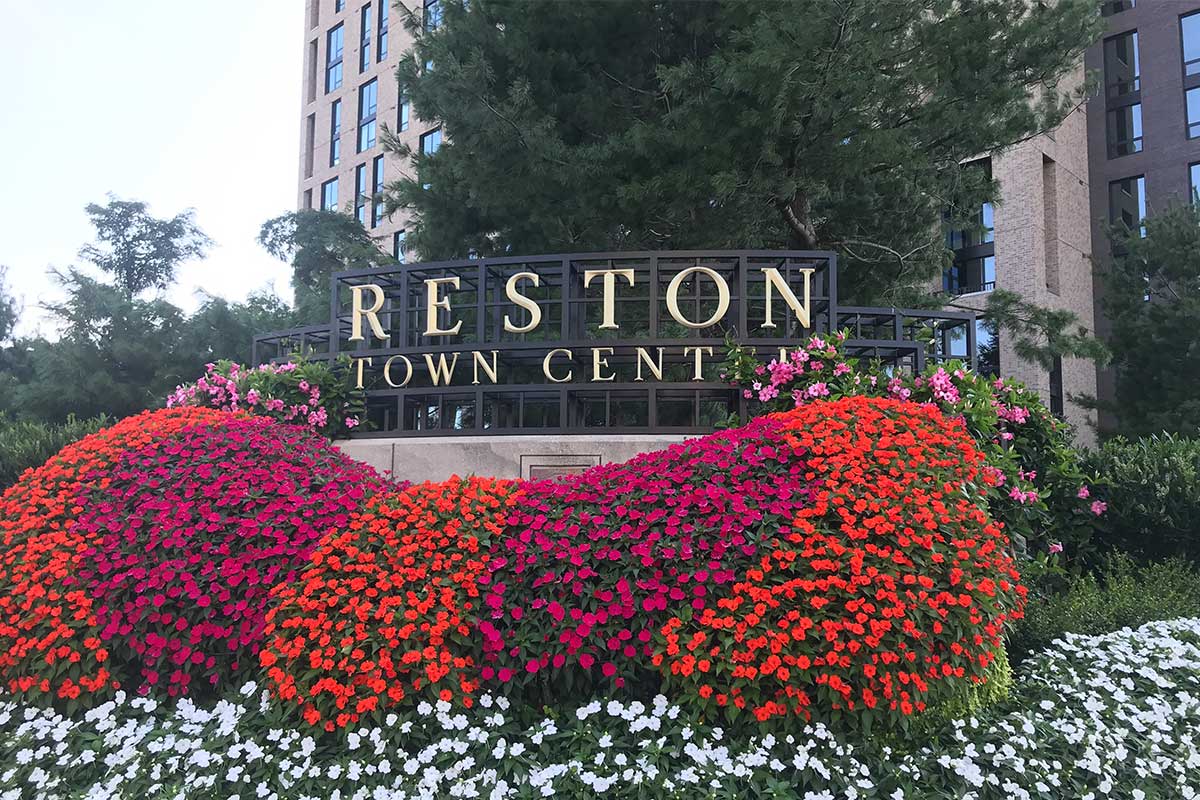Winterizing Your Chimney: Freeze-Thaw Defense Strategies in Reston, VA
As the winter season approaches in Reston, VA, it’s essential for homeowners to start thinking about winterizing their homes. One area that often gets overlooked is the chimney. A well-maintained chimney doesn’t just provide warmth and comfort during the cold months, but it also plays a significant role in the safety of your home. If not properly winterized, the freeze-thaw cycle can cause significant damage to your chimney, leading to costly repairs. In this article, we’ll explore the importance of winterizing your chimney and provide freeze-thaw defense strategies.
Understanding the Freeze-Thaw Cycle
The freeze-thaw cycle refers to the process where water infiltrates the masonry, freezes, expands, and then thaws, causing the masonry to crack and crumble. This cycle can lead to structural damage to the chimney and, in more severe cases, can cause the chimney to collapse.
Winterizing Your Chimney: Key Steps
Winterizing your chimney can be a complex process, but with the right steps, you can protect your chimney against the damage caused by the freeze-thaw cycle.
1. Chimney Inspection: A professional chimney inspection is the first step in winterizing your chimney. A company like A&T Chimney Sweeps fireplace, furnace, dryer vent, gutter cleaning and repair services in Reston VA, can provide a comprehensive inspection to identify any existing damage or potential vulnerabilities.
2. Chimney Cleaning: Cleaning your chimney removes soot, creosote, and other debris that could lead to chimney fires. A thorough cleaning also allows for a more detailed inspection.
3. Chimney Waterproofing: Applying a waterproofing agent to the exterior of your chimney can prevent water from seeping into the masonry, an essential step in preventing freeze-thaw damage.
4. Chimney Cap Installation: A chimney cap prevents snow, rain, and other debris from entering your chimney. It also stops birds and other animals from making your chimney their home during the winter months.
5. Chimney Repair: If your chimney is already damaged, it’s crucial to repair it before winter hits. Ignoring minor damage can lead to more extensive, costly repairs down the line.
6. Insulation: If your chimney lacks insulation, consider adding some. Insulation can help keep the warm air in and the cold air out, making your home more energy-efficient and comfortable.
By taking these steps, you can ensure that your chimney is ready for the winter weather and protected against the damage caused by the freeze-thaw cycle.
FAQs
1. When is the best time to winterize my chimney?
The best time to winterize your chimney is in the fall, before the first freeze hits.
2. Can I winterize my chimney myself?
While there are steps you can take yourself, like adding a chimney cap, most of the tasks involved in winterizing a chimney should be done by a professional to ensure they’re done correctly and safely.
3. How often should my chimney be inspected?
At a minimum, your chimney should be inspected once a year. If you use your fireplace frequently, it may need to be inspected more often.
4. What are the signs that my chimney needs repairs?
Common signs that your chimney may need repairs include a strong, unpleasant odor, a buildup of soot in the fireplace, white staining on the exterior of the chimney, and visible cracks or damage to the chimney structure.
5. How much does it cost to winterize a chimney?
The cost of winterizing a chimney can vary depending on the specific services you need. It’s best to get a quote from a professional chimney service like A&T Chimney Sweeps.
With winter fast approaching, now is the time to start thinking about winterizing your chimney. By taking the necessary steps to protect your chimney against the freeze-thaw cycle, you can ensure that your chimney stays in good working order, keeping your home warm and safe throughout the winter season.








